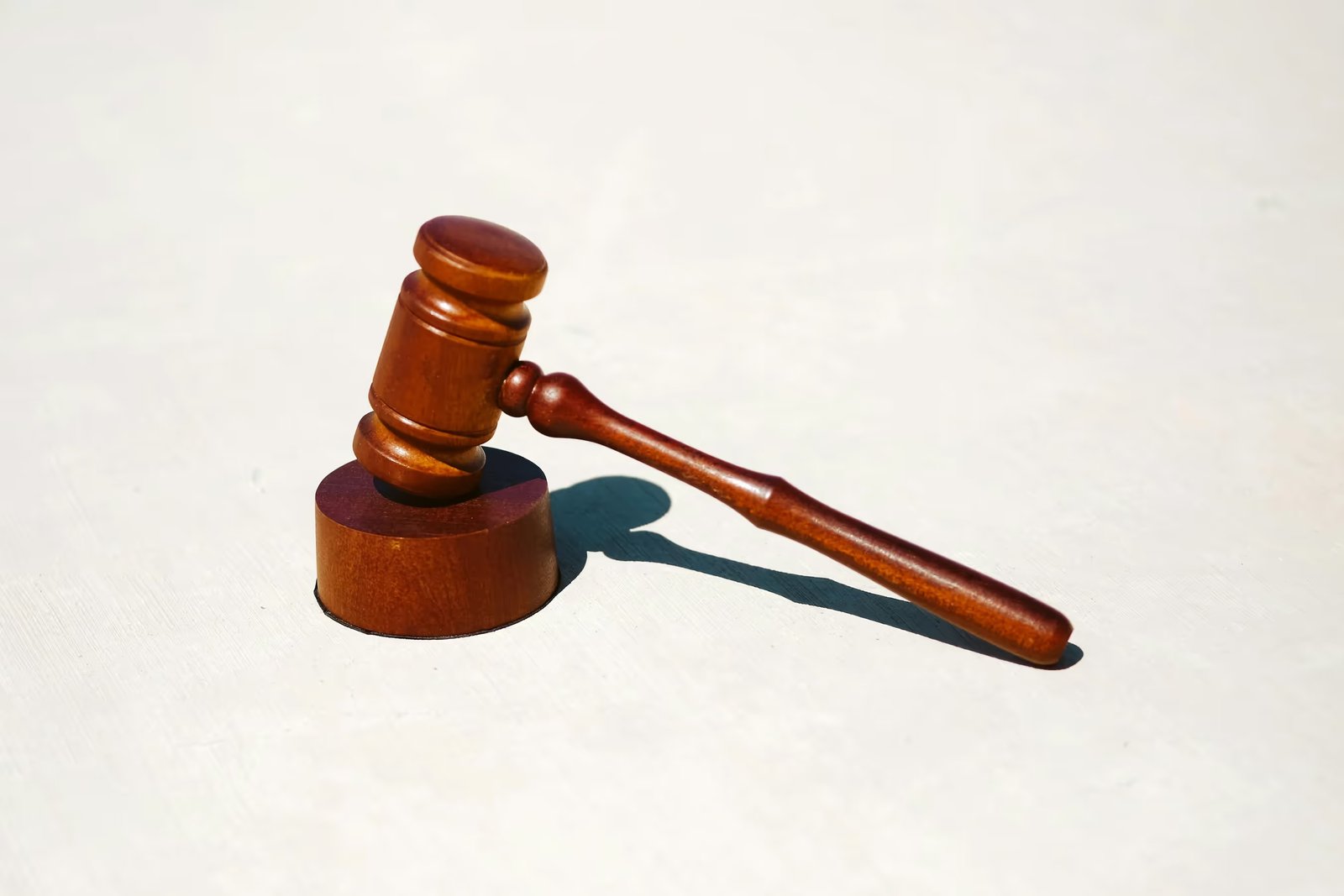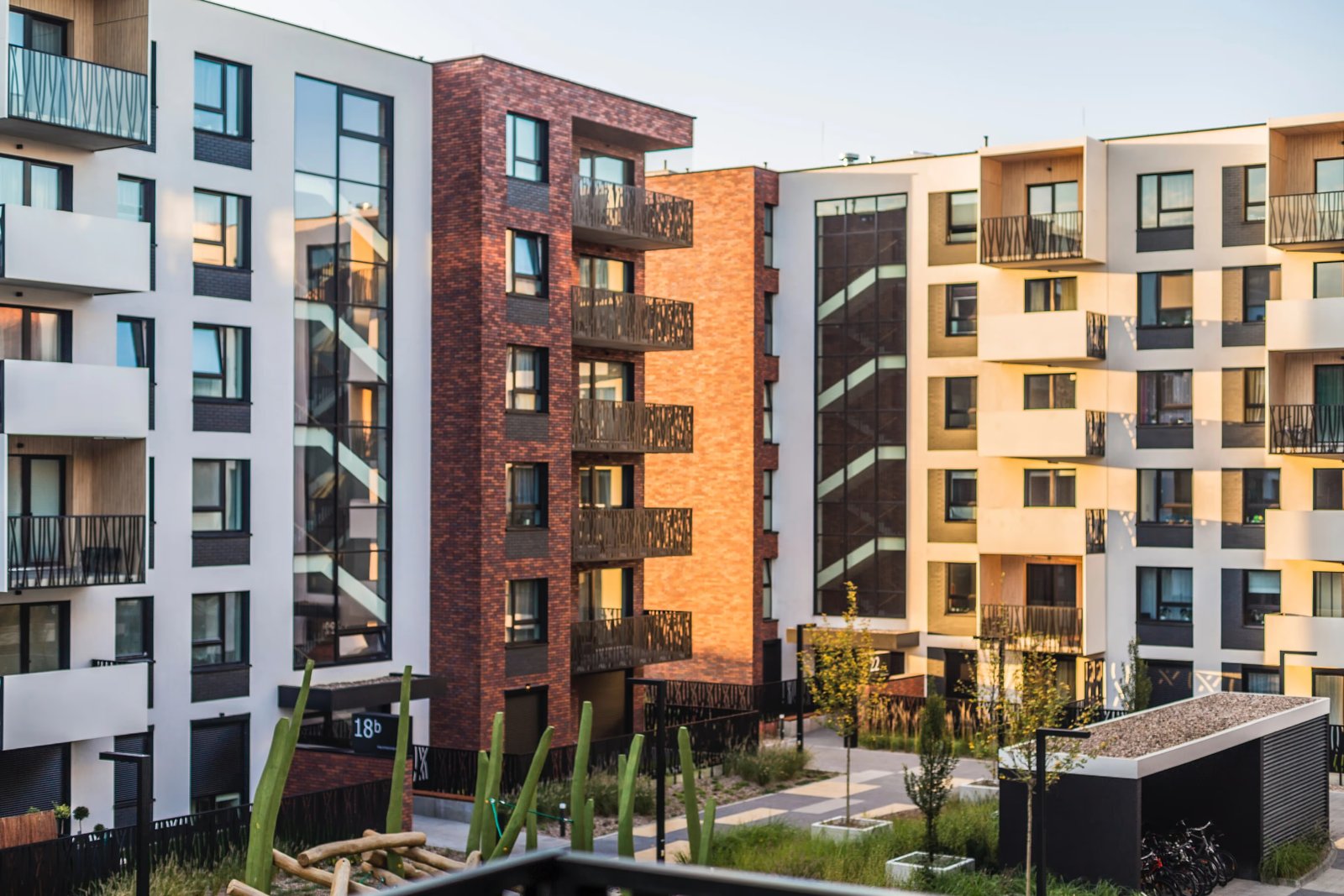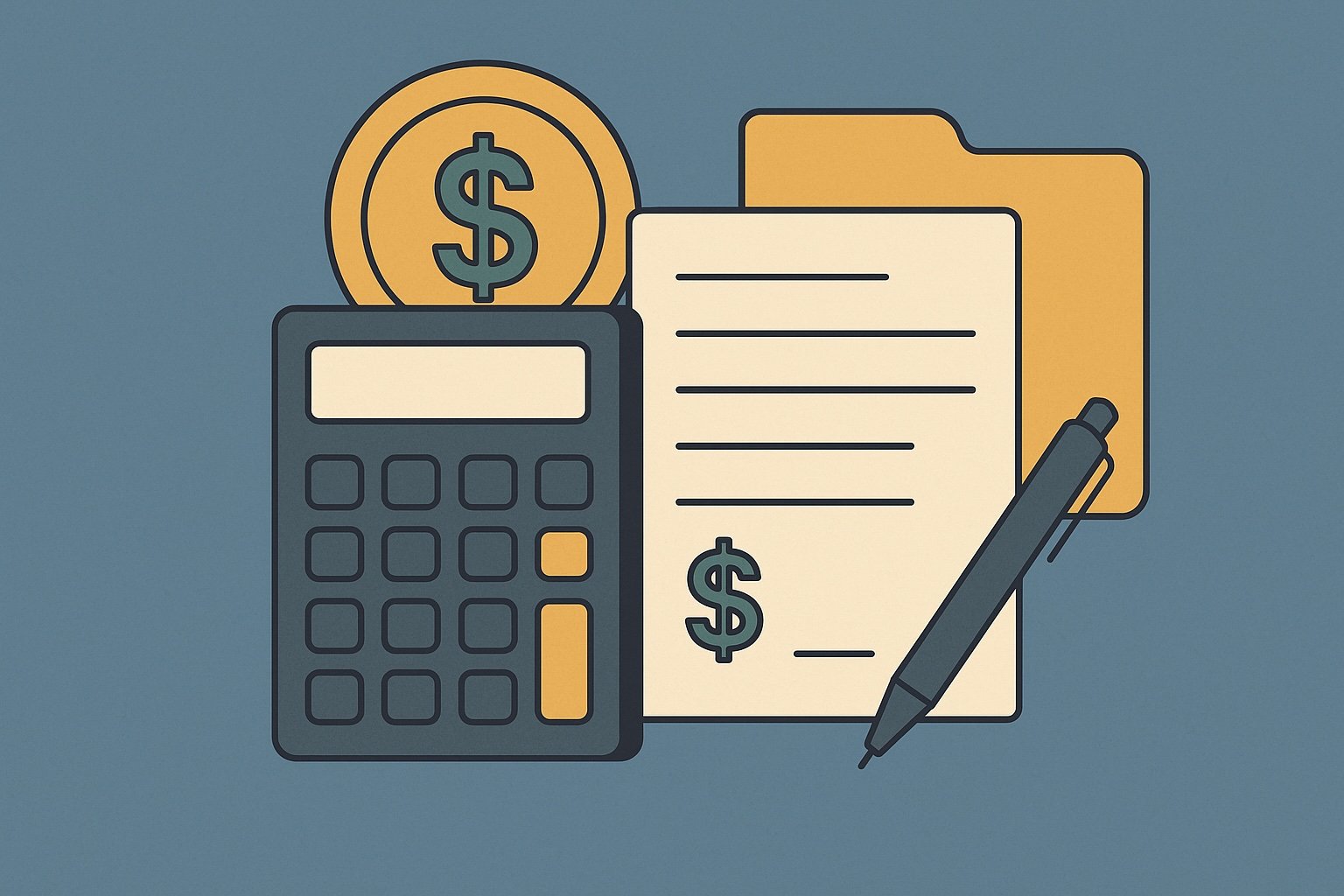Question
ARTE's Answer
Yes, you can exchange land for a house under a 1031 exchange, as long as both properties are held for investment or business purposes and meet the like-kind requirement. The concept of “like-kind” in a 1031 exchange is quite broad when it comes to real estate. According to Section 1031 of the Internal Revenue Code, real property held for productive use in a trade or business or for investment can be exchanged for other real property held for similar purposes. The key is that both the relinquished property (land) and the replacement property (house) must be held for investment or business use, not for personal use.
The IRS regulations clarify that the nature or character of the property is what matters, not its grade or quality. This means that you can exchange unimproved land for an improved property like a house, as long as both are held for investment purposes. The fact that one property is improved (a house) and the other is not (land) does not affect their like-kind status.
Let's consider an example to illustrate this:
- Engage Deferred.com: You contact us at Deferred.com to act as your qualified intermediary. We will handle the exchange process to ensure compliance with IRS regulations.
- Sell the Land: You sell your land for $300,000. The proceeds from this sale are transferred to us, Deferred.com, as the qualified intermediary. This step is crucial because it prevents you from having constructive receipt of the funds, which would disqualify the exchange.
- Identify Replacement Property: Within 45 days of selling the land, you must identify the replacement property, which in this case is the rental house. You can identify up to three potential properties, but you must eventually acquire one of them.
- Acquire the House: Within 180 days of selling the land, you must close on the purchase of the rental house. Deferred.com will use the funds from the sale of your land to purchase the house on your behalf.
- Complete the Exchange: Once the house is acquired, the exchange is complete. You have successfully exchanged your land for a house, deferring any capital gains taxes that would have been due on the sale of the land.
By using Deferred.com as your qualified intermediary, you ensure that the transaction is structured correctly to meet the requirements of a 1031 exchange. This allows you to defer capital gains taxes and reinvest the full value of your investment into a new property, potentially increasing your wealth over time.
Have more questions? Call us at 866-442-1031 or send an email to support@deferred.com to talk with an exchange officer at Deferred.
Sources
- Rev. Rul. 2002-83 (Related Party Exchanges)
- Goolsby v. Commissioner
- TAM 200039005 (Failed Reverse Exchanges)
- Deferring Losses On The Sale of Property Using 1031 Exchanges
- Rev. Rul. 78-4 (Like-Kind Exchange of Remainder Interests in Farm Land)
- PLR 8103117 (Exchange of Vacation Property Held for Investment)
1031 Question? Ask ARTE
Deferred's AI 1031 Research Assistant is trained on 8,000+ pages of US tax law and outperforms human CPAs by 22%+
CHAT NOW
Learn More
See more frequently asked questions about 1031 exchanges








